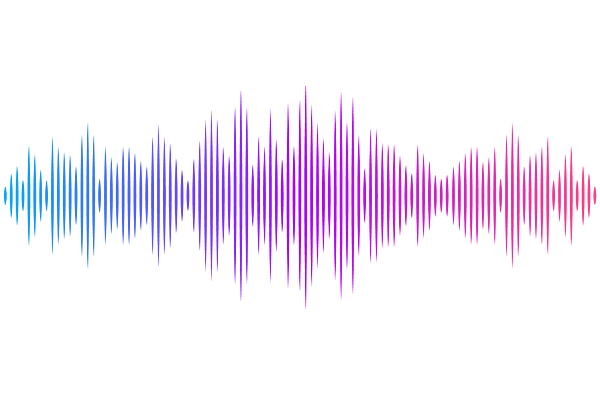BMAP: a comprehensive and reproducible biomedical data analysis platform

BMAP: a comprehensive and reproducible biomedical data analysis platform
Ren, Y.; Cheng, Z.; Li, L.; Zhang, Y.; Dai, F.; Deng, L.; Wu, Y.; Gu, J.; Lin, Q.; Wang, X.; Kong, Y.; Lu, H.
AbstractIn the realm of biomedical research, efficient data analysis and processing are crucial due to the escalating volume and complexity of data generated by research teams. Managing these vast arrays of localized data presents significant challenges, necessitating precise, efficient, and reproducible analysis methodologies to ensure the integrity and reliability of scientific outcomes. Traditional management of analysis codes, computing environments, and the inherent difficulties in result traceability due to team dynamics often lead to inefficiencies and potential risks in maintaining academic integrity. Furthermore, while online storage platforms such as Dryad, GitHub, and Docker facilitate data, code, and environment management, they do not inherently guarantee the reproducibility of results, with issues like data incompleteness, forgotten parameters, or software discrepancies posing additional challenges. To address these critical gaps, we developed a BioMedical data Analysis Platform (BMAP) to offer online and localized categorized management of research assets. BMAP enhances workflow efficiency by transforming complex pipelines into user-friendly web applications, promoting consistency and standardization across team analyses. Its comprehensive web analysis module and seamless integration with data and computing resources support automated result reproducibility and visualization. According to the assessment, 1,692 omics-related figures from 101 recent articles, across 45 visualization types, were tested with BMAP, which could cover 37.8% of the types and 64.3% of the figures. BMAP also enables the sharing and enhancement of research methods through its cloud platform, allowing researchers to utilize the previously developed and validated tools, thereby reducing redundant effort and minimizing analytical discrepancies due to methodological differences.